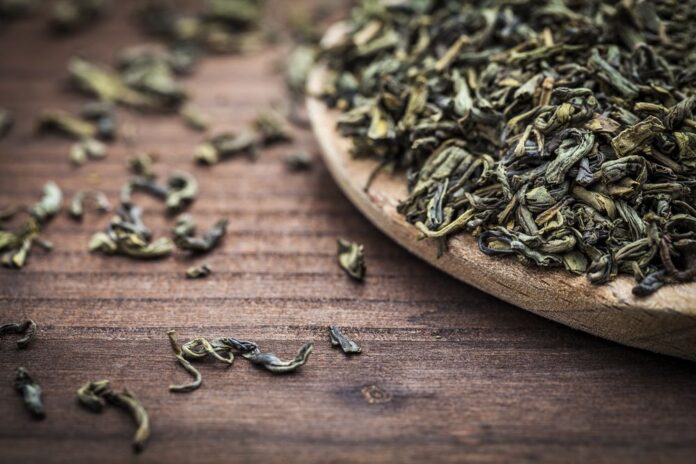
It would be right to say that matcha powder has become the favorite tea of people across the world. It is a staple ingredient of the traditional ceremonies revolving around Japanese tea. It dates back to the 12th century, and there has been a spectacular rise in its popularity. Interestingly, there is more than a single reason behind it. Its visual appeal is alluring, the flavor is savoring, and ofcourse, the undeniable health benefits.
In all circumstances, matcha is processed with the help of green tea leaves. However, they are not in the leaf format. These leaves are stone-grounded in the form of a delicate powder. You can use this powder for consumption. The powder can be whisked with the help of a spoon, a spatula, or a piece of wooden equipment for the mixture. You can add it to a cup of hot water.
The grinding process of converting these leaves into powder is quite laborious; hence, this factor is responsible for the higher prices of matcha. But, the taste and benefits make it worth it.
Making Of The Matcha Powder
If you are a tea lover and have the opportunity to be a part of chanoyu, the name of the Japanese tea ceremonies, you will witness yourself amid a world around matcha. Everything related to macha is important, and every tea leaf holds its importance here. You will be served tea in beautifully decorated bowls that are the talent of the local artisans. Also, you might learn the art of serving, getting, and drinking tea over here.
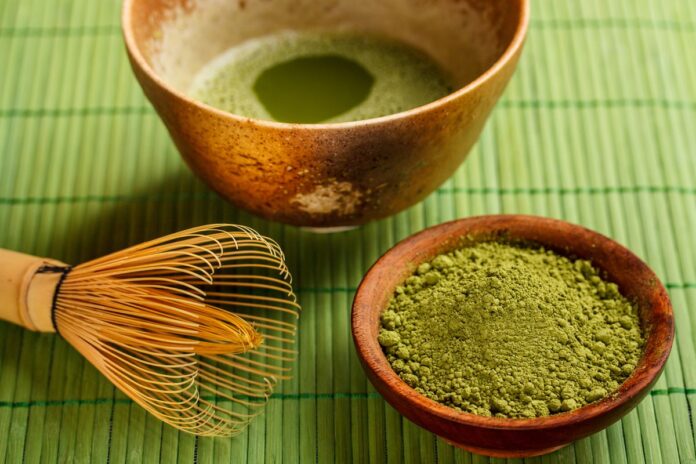
In all probability, matcha powder is a product of organic green tea leaves. The tea plant from which it derives its goodness is camellia sinensis. The tea is cultivated for the special purpose that is to make matcha powder.
The plants are checked, and the hand-picking process begins when they reach the harvesting stage. These leaves are exposed to processes like steaming and drying. Further, the leaves are destemmed and deveined. The quest is for the pure leaves known as ‘tencha.’ This is when the grinding process begins.
Traditionally, the grinding process was conducted with the help of a stone mill. In some circumstances, the process can be conducted with the help of a pestle or a mortar, too. Conventionally, the use of machines with expertise in powdering is reaching the sky. The produce is amazing, and the machines can produce in bulk to meet the mass requirements. Machines’ time consumption is less; hence, they are emerging as a reliable option.
Commonly, there are two forms of macha.
- Usucha means thin tea.
- Koicha means thick tea. It is the one that is used in traditional ceremonies. If you want to taste the highest quality matcha powder, you should try this one.
Matcha Differentiation
Like all kinds of true teas, it belongs to a single plant – Camellia sinensis. The process is different from other teas. Also, there are different types, and you can choose the one that suits your taste buds the most.
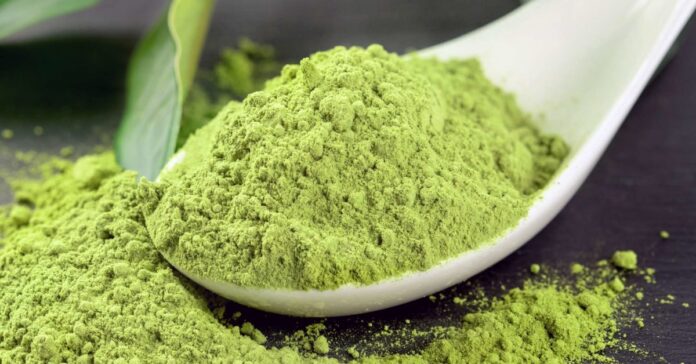
- Shade-grown tea: As the name suggests, this one is prepared with the help of leaves and bushes that are kept away from the sun’s rays and light. The lack of sun rays means a natural occurrence of the levels of sugar, antioxidants, caffeine, and others like theanine from the leaves and, subsequently, the powder.
- Steamed tea: This one is obtained through the steaming process. The leaves are steamed for many hours to halt the oxidation process. After this, the rich green color of the leaves improves, and an enriching color is obtained. Thanks to the steaming process, these leaves produce a unique flavor, a combination of sweet and vegetal.
- Seasoned tea: This one is received from the new spring buds. Three leaves are plucked by the hand to produce the matcha powder. Hence, the production window for this type of tea, in particular, is quite limited. Hence, this makes it to the high pricing of the teas.
- Stone-grounded tea: Another perfect tea variant is stone-ground tea. The traditional teas are rolled and shaped, followed by the drying process. However, the preparation process for this one is different. In this process, the leaves are directly dried and kept in that position until they become tencha. After the stage is achieved, the matcha-making process begins. The tencha leaves are stripped off their veins. Then the stone mills come into the picture that is used for obtaining a smooth powder perfect for consumption.
For instance, if you are someone with a liking for creamy and sweet-flavored tea, you can choose that one. This tea is available as the sweet matcha powder, and you can read more about it to get a better idea. There are other options, too. You can choose the flavor that goes the most with your liking.
Creatives Uses
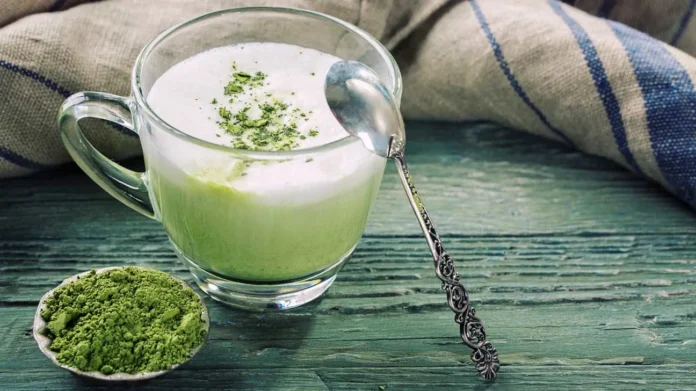
Gone are the days when matcha was only a green tea or drink variant for people. The creative angle has kicked perfectly. Some creative ways of intaking this powder are as follows:
The first one is common. You might have spotted it earlier, but from now on, you will know it is matcha. You can find it infused into differently-flavored cocktails. Also, it makes it to the top of your whipped latte.
Apart from the drinks section, there are some eatables you can experiment with using match with. They are as follows:
- Savory dishes and powder them with matcha on the top.
- Taking it to the desserts section and coating things like macarons and doughnuts with the same.
It is a naturally sweet ingredient, and you can bring up your chef instincts to use the powder with different food items and drinks. It promises a memorable touch; hence, you should use it with various creations boldly.
Conclusion
So, that’s all about the making and types of matcha. The goodness of great tea is known by many, which should push everyone to try this magical thing for sure. It deserves a fair chance.
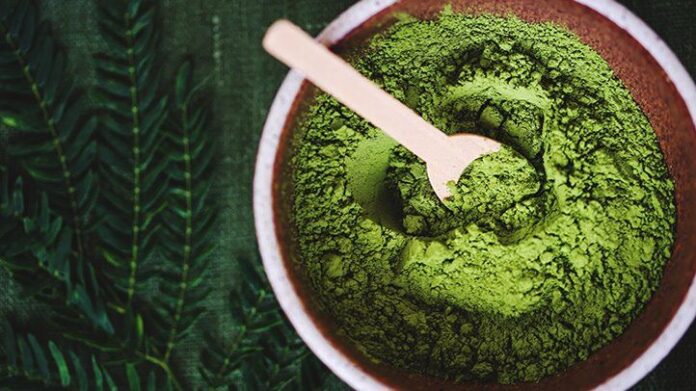
And once you taste it, you’ll surely fall for it!







